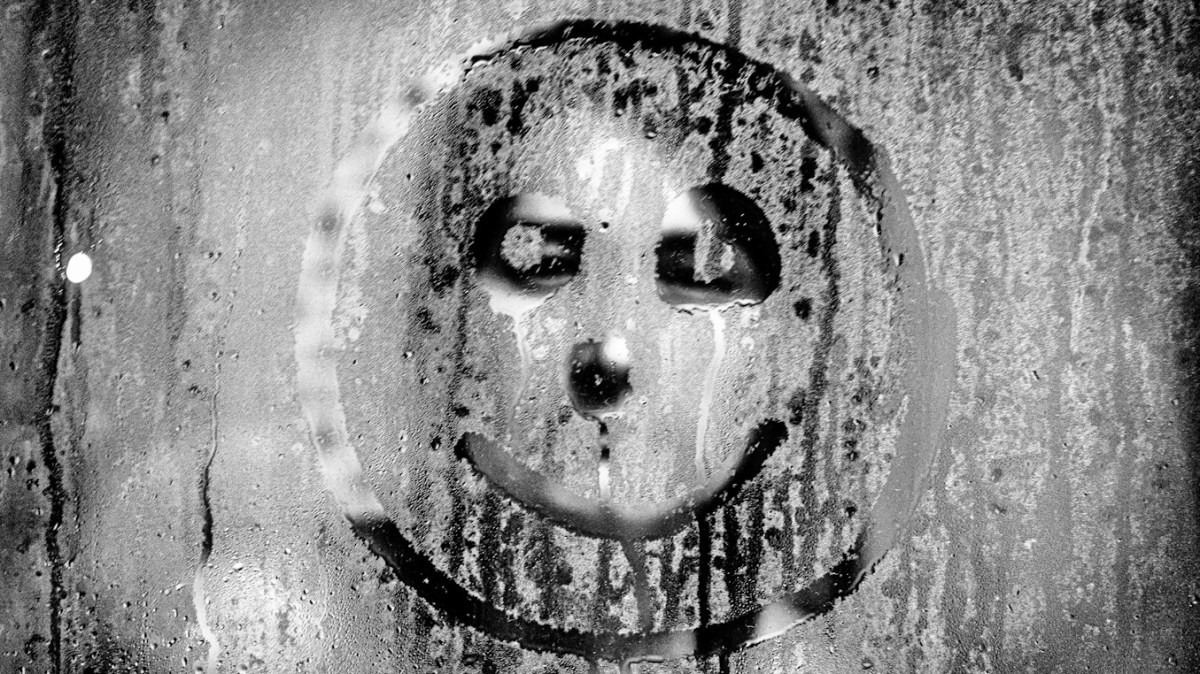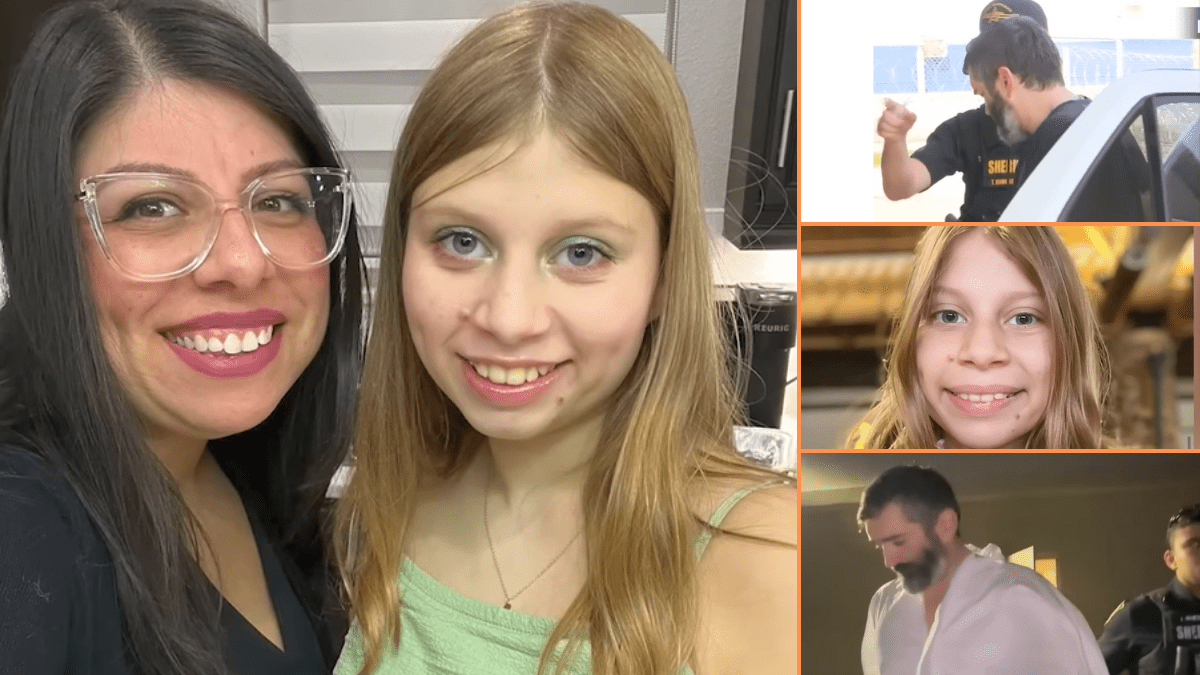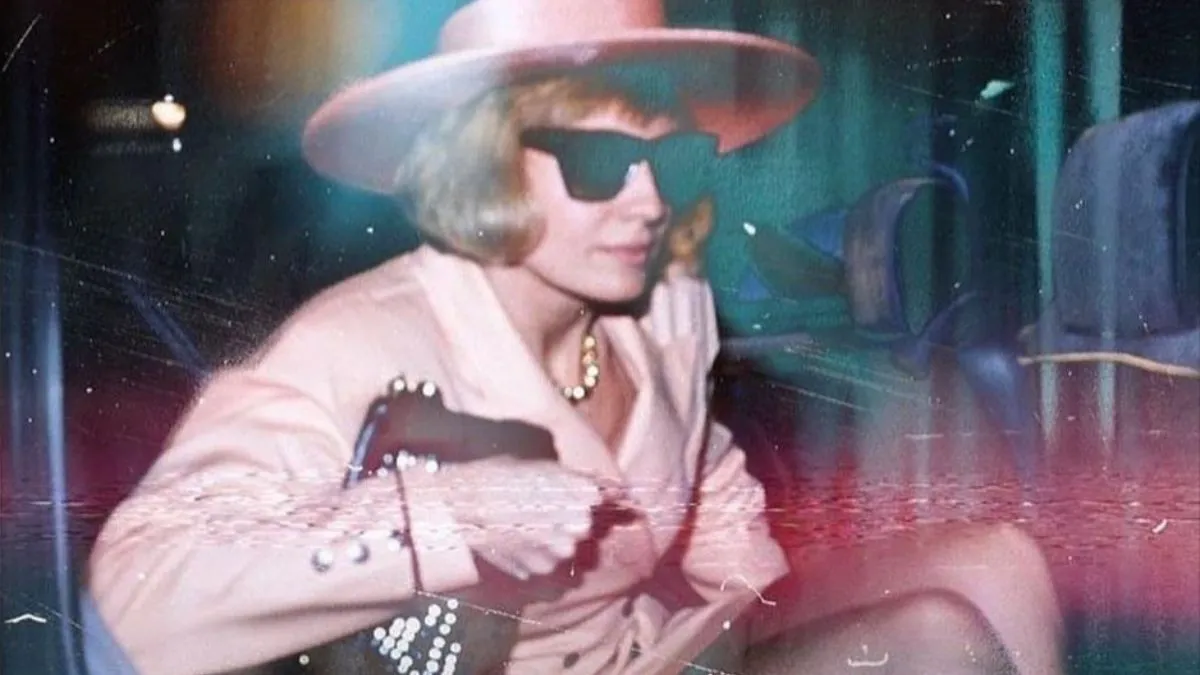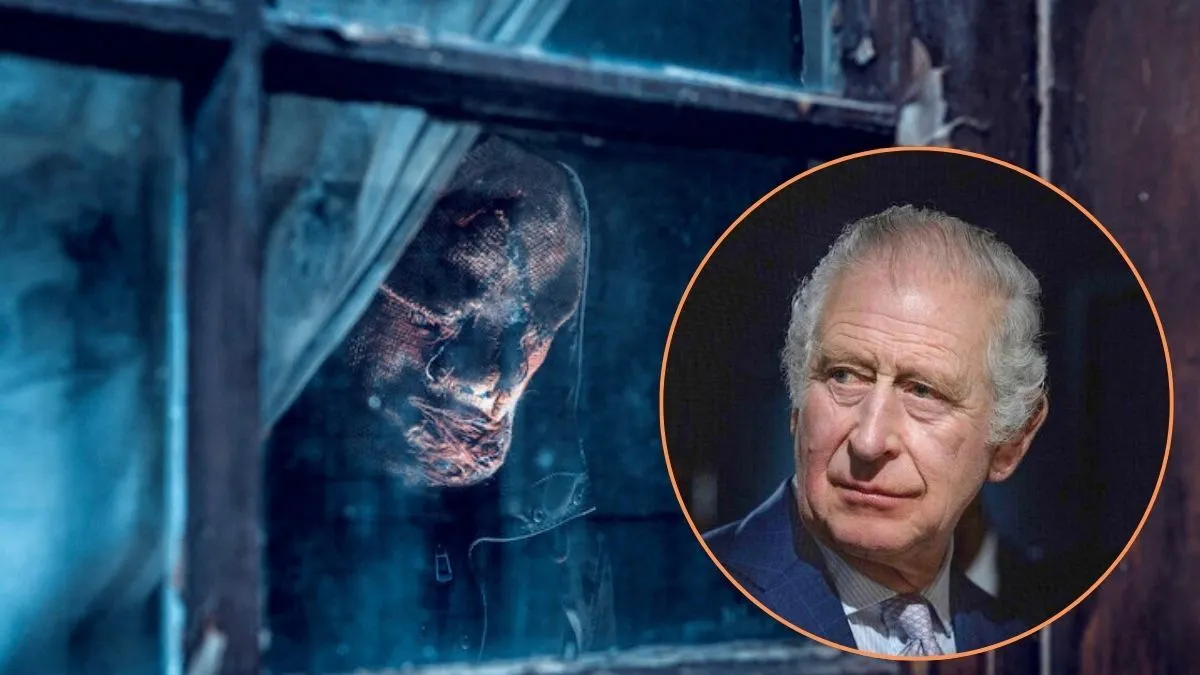After two weeks of searching, Missouri student Riley Strain’s body was found in the Cumberland River near his last known location. Despite sonar scans of the river and dedicated teams of searchers scouring its bank, investigators were unable to locate any sign of the missing college student for 14 days.
Local authorities predicted that had he drowned the night of the 8th of March, and that it would take between 14 and 20 days for his body to surface. Though the discovery falls in line with investigators’ prediction, and authorities have found no sign of foul play, true crime enthusiasts aren’t so sure. A series of deaths spanning from the late 1990s to the 2010s has alarm bells ringing as onlookers speculate that the university student’s death could be another in the smiley face murders.
What is the Smiley Face Killer Theory?
The smiley face killings, smiley face murders, or smiley face gang theory was first popularized by retired New York City detectives Kevin Cannon and Anthony Duarte.
After dozens of young men were found dead in bodies of water ranging across the Midwest (which includes, Illinois, Indiana, Iowa, Kansas, Michigan, Minnesota, Missouri, Nebraska, North Dakota, Ohio, South Dakota, and Wisconsin) the NYC detectives believed they spotted a pattern.
The victims were mostly young white men who were popular, athletic, and successful in school. The motivation, according to the detectives ranged from gang initiation to hate crimes. ““These are upstanding young men. So why precisely do they hate them? Because maybe they’re succeeding. Maybe it’s the haves and the have-nots.”
The detectives believed that the men were targeted after leaving parties intoxicated. Their bodies were found in the water across the 11 states, and Duarte and Gannon believed that smiley face graffiti marked the spot where the bodies had been dumped by one or more killers.
Partnering with Dr. Lee Gilberston, a criminal justice professor who specializes in gangs at St Cloud University, the detectives found supporting evidence in at least a dozen of the crime scenes. As of 2019, the trio had connected 70 deaths to the graffiti. Around 30 of them were men who were found to have the date rape drug GHB in their systems.
In certain cases, the detectives point to decomposition rates, like that of Dakota James, whose body, Gannon claims, was nowhere near decomposed enough, or damaged enough to have traveled downriver for 40 days before its discovery. There were 11 spray-painted smiley-face symbols on the bridge closest to where his body was discovered.
The detectives have worked tirelessly to push their findings to the mainstream since they first announced the theory in 2008. In the years following their conference, the trio believes the “domestic terrorist” group has only grown more sophisticated. They say each city has a small cell, around a dozen members, and that cells communicate on the dark web. As years pass, the cell members change, but the goal remains the same, ““The next time it’s a different five. The way it should be conceived is that it’s the cell that’s the serial [killer] part of it, not necessarily the individuals.” Dr. Gilbert postulated in an interview with The Daily Beast.
The detectives say that until the pressure is put on the members and former members of the gang, there is no incentive to squeal on one another – or stop. The group is constantly recruiting through the dark web. The trio managed to gain access to a URL supposedly linked to the group, reporting,
“We were on their dark-web webpage but it was asking us to turn on a video camera so they could see who was about to type in the password and there’s no way we were doing that. And we didn’t even have the password. We’d just been given their URL, so went to it because we were told that’s how they communicate.”
The detectives claim that sites with multiple victims have smiley faces with stars around them. Three stars signify 3 victims, and the numbers line up – at least in Boston Harbor. The salacious theory has captivated true crime fans for 2 decades now, and the detectives are still working towards a future they hope sees many of the cases reopened.
In 2019, Oxygen launched a true crime series, Smiley Face Killers: The Hunt for Justice, which starred the two detectives and followed their journey. Despite the coverage, many government agencies have yet to view their closed cases as potentially related murders.
Is the Smiley Face Killer theory valid?
While the men have the experience and certainly believe in their theory, others aren’t so sure. The FBI has examined the case and concluded that the majority of the deaths were accidental drownings. The Center for Homicide Research examined 40 of the cases and concluded the same.
Police departments that were in charge of the cases dispute the claim that the deaths are related, and many refuse to reopen the cases. Criminal Profiler Pat Brown has decried the theory as “ludicrous,” saying the evidence doesn’t support evidence about serial killers.
Most of the theory’s critics are quick to point to the popularity of the smiley-face. The simple image can be found almost anywhere and is a well-known and easy-to-draw icon. Gannon, however, disagrees with this criticism. “Our critics say there is lots of smiley-face graffiti around… I’ve been on hundreds of bridges. There aren’t as many as you think.”
While the theory hasn’t gained much traction in the law enforcement community, it has inspired a documentary series, several true crime television series, and the 2020 film Smiley Face Killers. Whether or not Riley Strain was a victim of a shadowy cabal of serial killing gang members we may never know.








